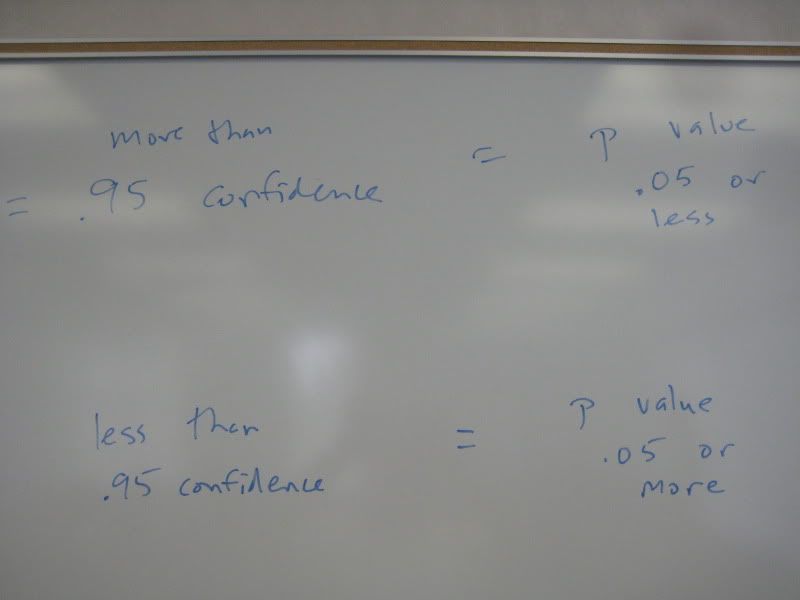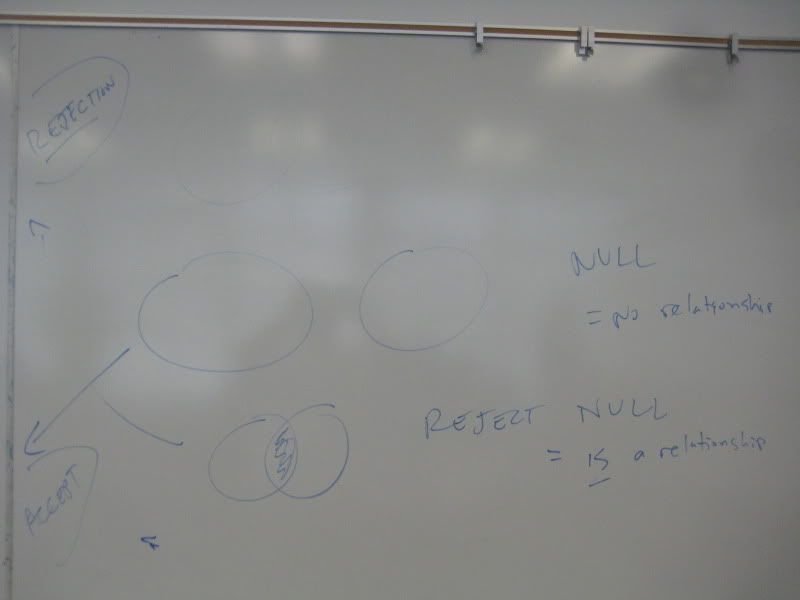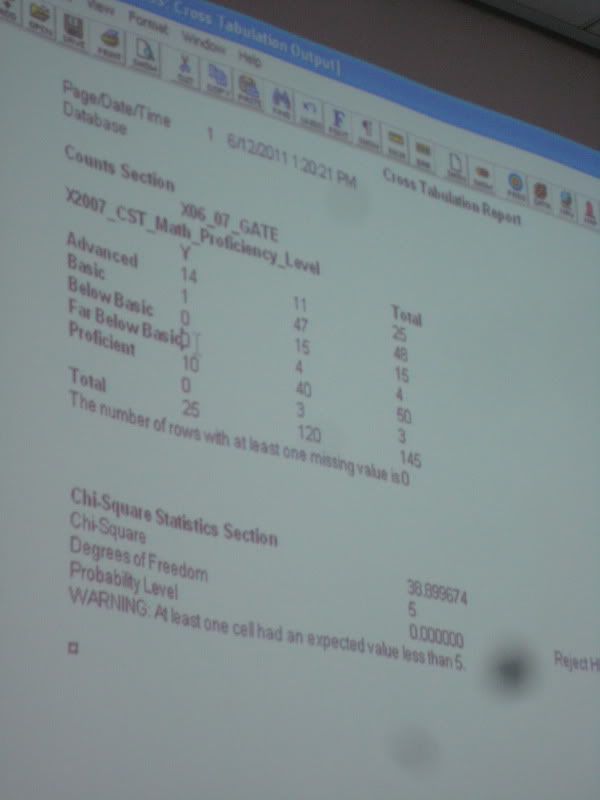Baroque.me: J.S. Bach - Cello Suite No. 1 - Prelude from Alexander Chen on Vimeo.
Tuesday, December 13, 2011
Saturday, August 27, 2011
Thursday, August 25, 2011
Wednesday, July 6, 2011
Independent and Dependent Variables
Can you identify the independent and dependent variables in this article?
http://flowingdata.com/2011/07/05/when-crime-happens-in-major-cities/
http://flowingdata.com/2011/07/05/when-crime-happens-in-major-cities/
Tuesday, July 5, 2011
Sunday, June 12, 2011
Sunday, May 15, 2011
Clarifying Options
Click here for the link to tables that should illustrate your options for the final data presentation. As always, contact me if you have questions. Thanks.
Saturday, May 14, 2011
Sunday, April 3, 2011
Devin's Upcoming Engagements
Lead 3.0 Conference
ACSA Innovative Tech Academy
CASCD Leading In The Digital Age
You can always email me with questions (devin@dvodicka.com).
ACSA Innovative Tech Academy
CASCD Leading In The Digital Age
You can always email me with questions (devin@dvodicka.com).
Saturday, April 2, 2011
EDEL 730C Final Exam
Click here for the exam.
You can download the data files necessary for the exam here.
Send the completed exam to devin@dvodicka.com no later than Friday, April 15th. Thanks.
You can download the data files necessary for the exam here.
Send the completed exam to devin@dvodicka.com no later than Friday, April 15th. Thanks.
Saturday, February 19, 2011
Edward Tufte
I had the privilege of hearing Edward Tufte speak on February 7th in San Diego. Here are my notes from the session:
Making Reports
1. Find good examples and copy
2. Use performance data
Challenges: flatland (dimension) and resolution
Name your work (individually, not by team/dept)
Design principles 1) Causality; 2) comparison; 3) multivariate complexity; 4) integrate words, numbers, images, diagrams; 5) thoroughly describe evidence; 6) content counts most of all (quality, relevance, integrity); 7) do important things adjacent in space
I asked Tufte how one knows which data to look at in their multivariate analysis. His answer: "you have an idea" ... Too many analysts, he said, don't have ideas and therefore look at everything.
I asked him education measures in particular. He said that when he consulted for IBM they used to say that if there was no practical application for something it must be for education.
Read, present, then allow time for questions and answers
Many square inches, many pixels per square inch = analysis (ie multiple monitors)
Small multiple technique (a la sunspots)
Presenting data
- Be driven by content and data, not display method.
- Label linking lines if there are relationships
- Boxes are not necessary
- Goal is to zero out the interface; should be all content
- Story
- Credibility
- Let viewer scan and scroll
- Minimize linking/stacking
- Use resolution of real life
- Graphics can be anywhere
- Sparklines are an excellent tool. Built into Excel 2010.
- Order by content, not alpha
- Eliminate legends/codes where possible
- Design and present for highest denominator
Making Reports
1. Find good examples and copy
- Google Images
- Text, tables, maps
- Public Library of Science templates
- Look at the Journal of Nature
2. Use performance data
- Tables w little data
- Graphics w lots of data
- Avoid lines/stripes/grids
- Trebuchet or gil sans font
- There is no such thing as info overload, only lousy design
- Think sports section as model
- Use executive summaries for micro/macro (w less jargon)
Challenges: flatland (dimension) and resolution
Name your work (individually, not by team/dept)
Design principles 1) Causality; 2) comparison; 3) multivariate complexity; 4) integrate words, numbers, images, diagrams; 5) thoroughly describe evidence; 6) content counts most of all (quality, relevance, integrity); 7) do important things adjacent in space
I asked Tufte how one knows which data to look at in their multivariate analysis. His answer: "you have an idea" ... Too many analysts, he said, don't have ideas and therefore look at everything.
I asked him education measures in particular. He said that when he consulted for IBM they used to say that if there was no practical application for something it must be for education.
Read, present, then allow time for questions and answers
Many square inches, many pixels per square inch = analysis (ie multiple monitors)
Small multiple technique (a la sunspots)
Presenting data
- Give people something to read
- High resolution paper for now iPad later
- 11 x 17 ideal
- Supergraphic on one side
- Sparklines and/or small multiples on back
- Presenter goes through same material (annotations or highlights)
- Press conference (Question and Answer)
Coding Exercise: Homework
Here are the three links that we will use for this activity:
Rick DuFour: Should Homework Be Graded?
Alfie Kohn: Rethinking Homework
College Student Krista Thresh: Integrating Technology
You may want to use a free tool like Saturate to get started. Alternately, if you have $$$ to spend you may want to check out NViVo.
Monday, January 31, 2011
Sunday, January 9, 2011
Transcription Tools
https://digitalresearchtools.pbworks.com/w/page/17801711/Transcription-Tools
http://www.socialtimes.com/2010/01/6-speech-to-text-transcription-apps-and-services/
http://itunes.apple.com/us/app/d2u-transcriber-dictation/id341741314?mt=8
http://reviews.cnet.com/8301-19512_7-20012021-233.html
http://www.bottlerocketapps.com/applications/voxie
http://www.google.com/support/voice/bin/answer.py?hl=en&answer=115986
http://www.socialtimes.com/2010/01/6-speech-to-text-transcription-apps-and-services/
http://itunes.apple.com/us/app/d2u-transcriber-dictation/id341741314?mt=8
http://reviews.cnet.com/8301-19512_7-20012021-233.html
http://www.bottlerocketapps.com/applications/voxie
http://www.google.com/support/voice/bin/answer.py?hl=en&answer=115986
Subscribe to:
Comments (Atom)













